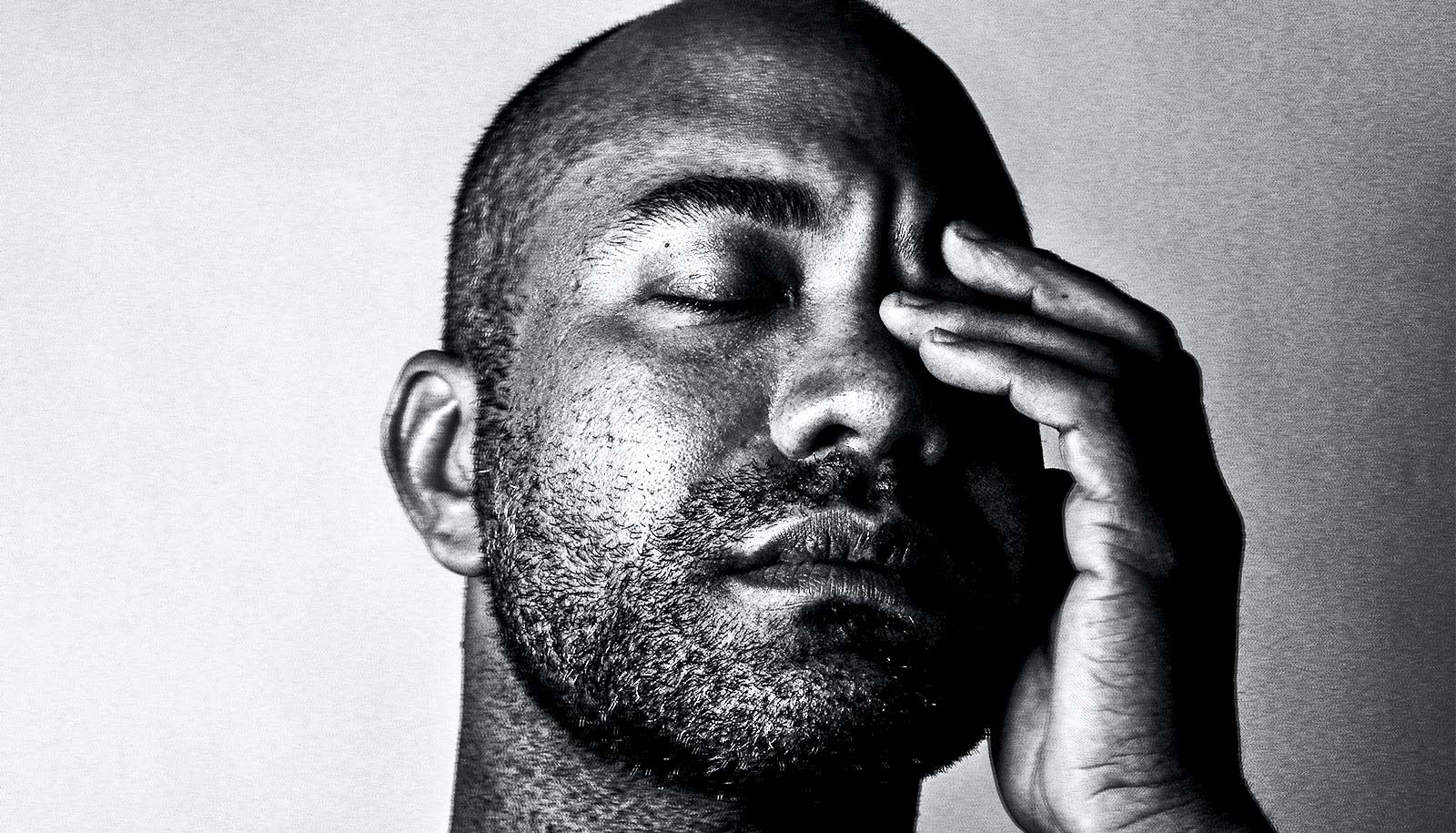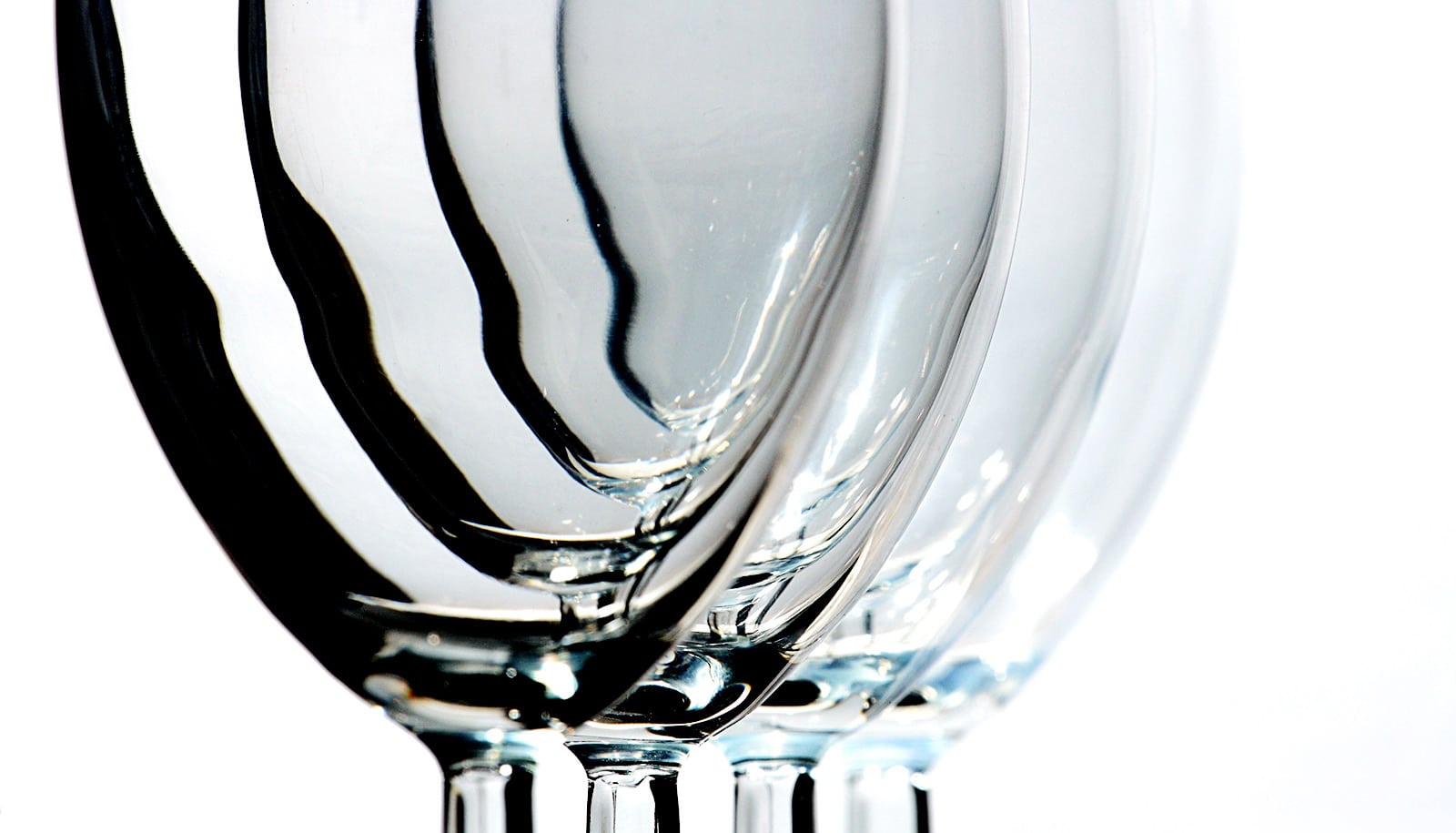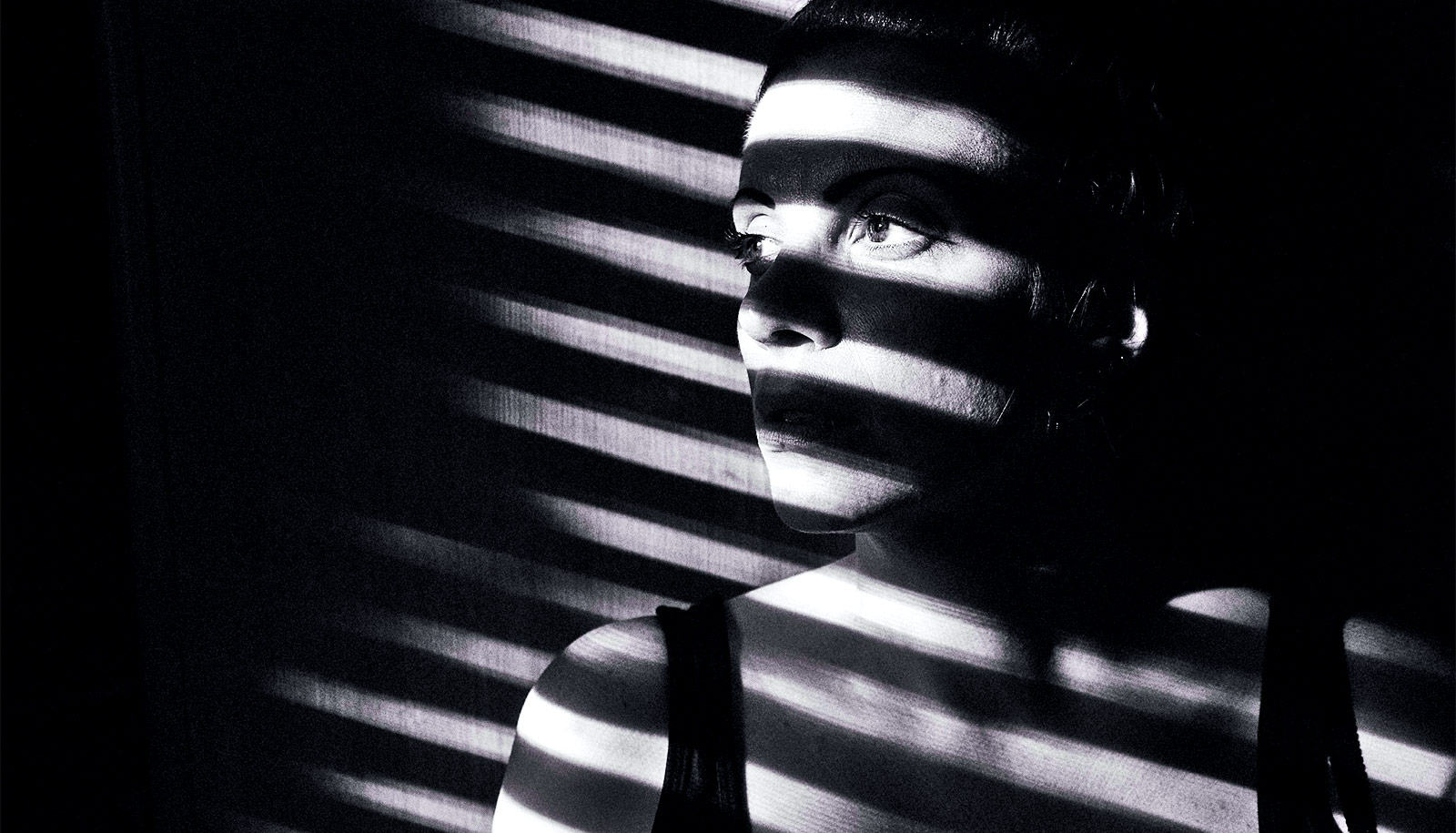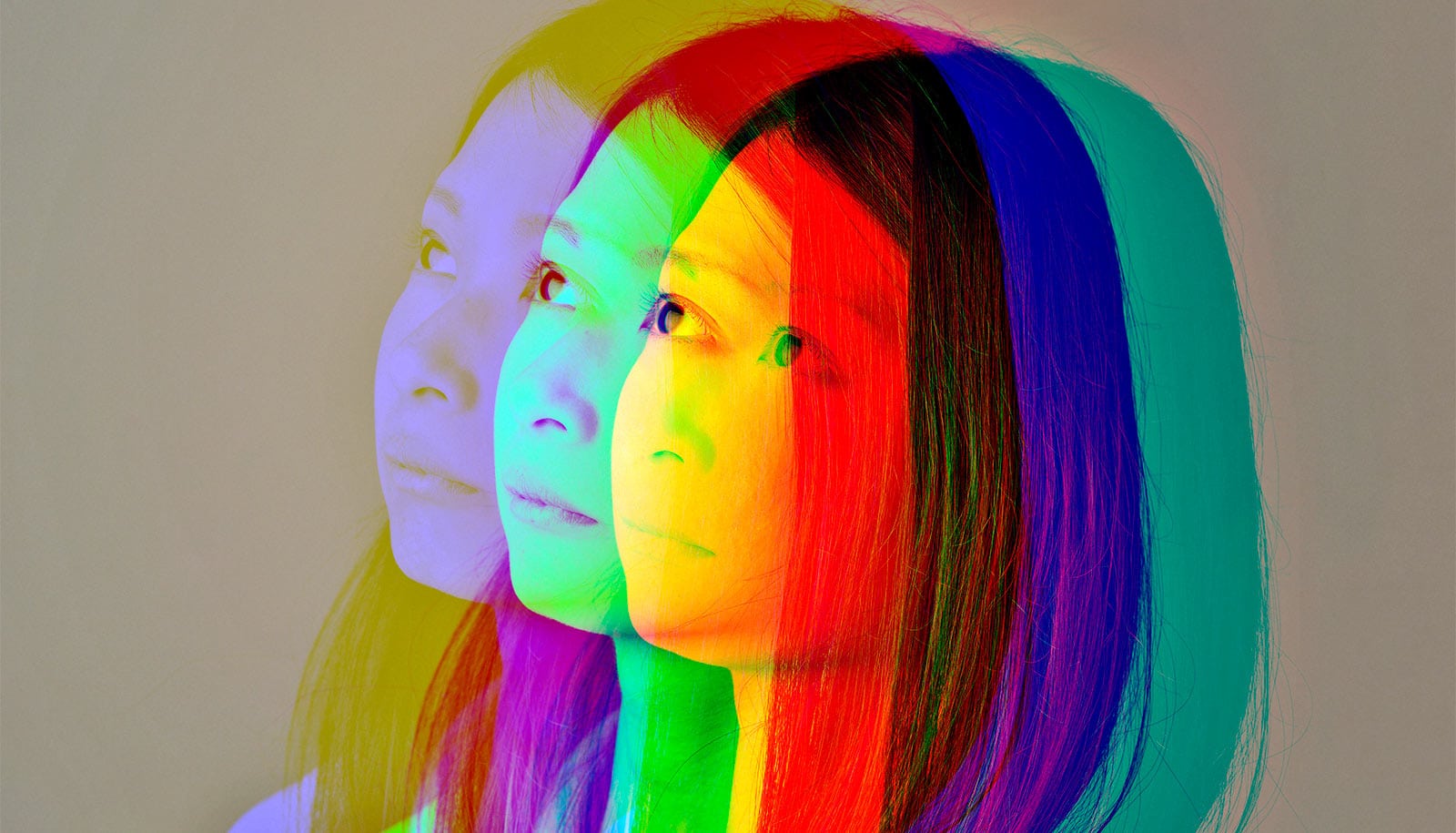A non-hallucinogenic version of the psychedelic drug ibogaine has potential for treating addiction, depression, and other psychiatric disorders, research with mice suggests.
“Psychedelics are some of the most powerful drugs we know of that affect the brain,” says David Olson, assistant professor of chemistry at the University of California, Davis, and senior author of the paper in Nature. “It’s unbelievable how little we know about them.”
Ibogaine is extracted from the plant Tabernanthe iboga. There are anecdotal reports that it can have powerful anti-addiction effects such as reducing drug cravings and preventing relapse. But there are also serious side-effects, including hallucinations and cardiac toxicity, and the drug is a Schedule 1 controlled substance under US law.
Olson’s laboratory is one of a few in the US licensed to work with Schedule 1 substances. They set out to create a synthetic analog of ibogaine which retained therapeutic properties without the undesired effects of the psychedelic compound. Olson’s team worked through a series of similar compounds by swapping out parts of the ibogaine molecule. They engineered a new, synthetic molecule which they named tabernanthalog or TBG.
Unlike ibogaine, the new molecule is water-soluble and can be synthesized in a single step. Experiments with cell cultures and zebrafish show that it is less toxic than ibogaine, which can cause heart attacks and has been responsible for several deaths.
TBG increased formation of new dendrites (branches) in rat nerve cells, and of new spines on those dendrites. That’s similar to the effect of drugs like ketamine, LSD, MDMA, and DMT (the active component in the plant extract ayahuasca) on connections between nerve cells.
TBG did not, however, cause a head twitch response in mice, which is known to correlate with hallucinations in humans.
A series of experiments in rodent models of depression and addiction show that the new drug has promising positive effects. These animal models—conducted in accordance with NIH regulations and reviewed and approved by Institutional Animal Care and Use Committees—remain vital to investigating complex psychiatric disorders.
Mice trained to drink alcohol cut back their consumption after a single dose of TBG. Rats were trained to associate a light and tone with pressing a lever to get a dose of heroin. When the opiate is taken away, the rats develop signs of withdrawal and press the lever again when given the light and sound cues. Treating the rats with TBG had a long-lasting effect on opiate relapse.
Olson thinks that TBG works by changing the structure of neurons in key brain circuits involved in depression, anxiety, post-traumatic stress disorder, and addiction.
“We’ve been focused on treating one psychiatric disease at a time, but we know that these illnesses overlap,” Olson says. “It might be possible to treat multiple diseases with the same drug.”
Indeed, psychedelic therapies have been attracting new interest in recent years. But taking patients on individual “trips” is time consuming and costly, requiring hours of close medical supervision apart from the possible negative effects.
“We need a drug that people can keep in their medicine cabinet and this is a significant step in that direction,” Olson says.
Olson has started a company, Delix Therapeutics Inc., which has licensed TBG-related technology from UC Davis for further development.
Additional coauthors are from UC Davis; UC Santa Cruz; UC San Francisco; Medical College of Wisconsin, Milwaukee; and the University of Colorado Denver. The NIH supported the work.
Source: UC Davis



